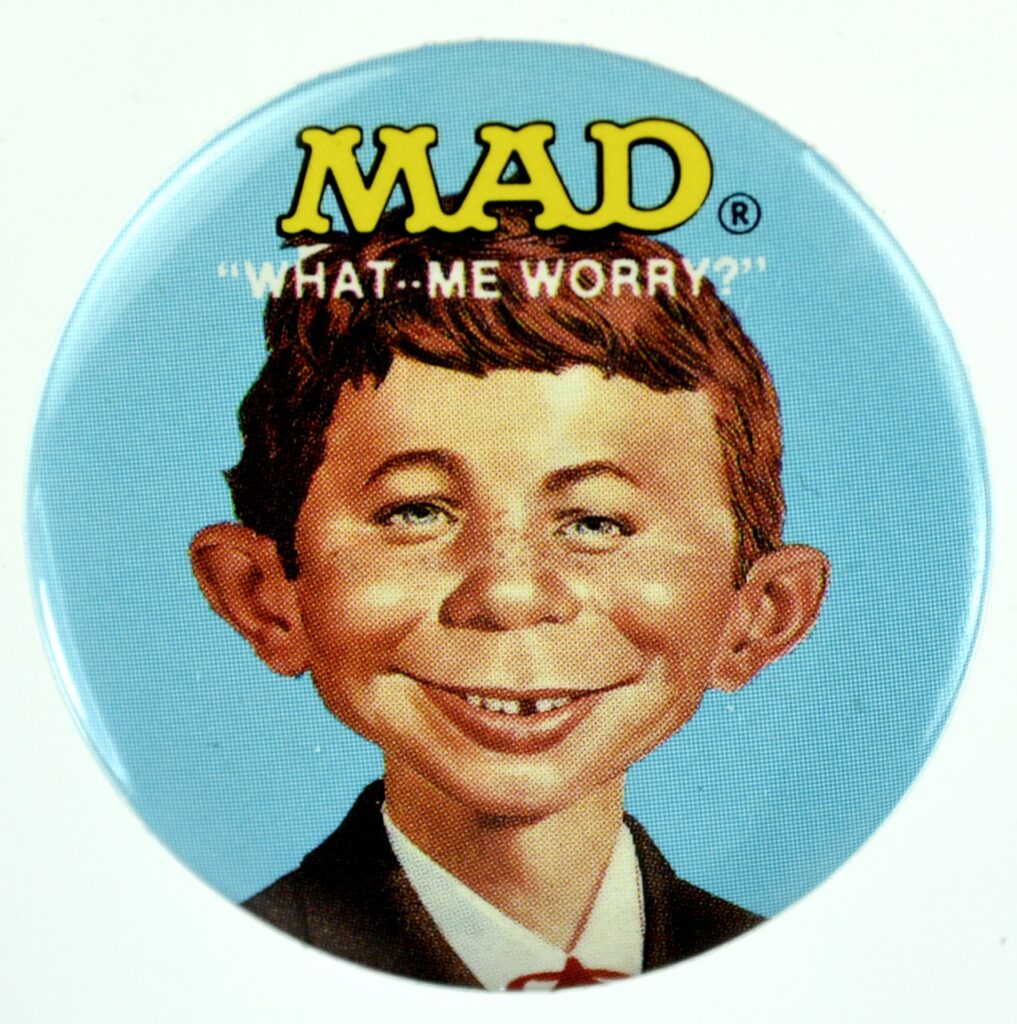I recently argued, “The markets are only capable of being efficient to the extent that investors, as a group, are efficient in their analytical processes and in how they apply them to the markets. Because more investors than ever before have abandoned price-sensitive strategies for price-insensitive ones the markets have also become less efficient than ever.” In this way, the popularity of passive investing has actually undermined its most basic assumption, that the markets are more or less efficient.
In the first part of this series, I focused mainly on the equity markets. In this follow-up, I’d like to focus more on how passive investing has undermined this most basic assumption in the markets for fixed income as the BIS recently sounded off with a very similar concern.
BIS: The most widely used benchmarks allot larger positions to companies that have the most outstanding bonds, thereby rewarding companies that become more indebted. https://t.co/cKZWam5BPP ht @tracyalloway pic.twitter.com/z3Lh7MkyQt
— Jesse Felder (@jessefelder) March 12, 2018
Just like in the equity markets, effective passive investing in corporate bonds requires a level of efficiency, efficiency here meaning that investment is made on some sort of merit typically defined by standard analytical processes. Again, as more capital moves to price-insensitive strategies these analytical processes have less influence over the pricing of securities. The rise of passive investing in the bond market has been at least as dramatic as that in equities thus the efficiency of the market is weaker than ever before.
#financialstabilitywatch: weak hands continue to scoop up the U.S. corporate bond market pic.twitter.com/eVv1dEk7VX
— Matthew B (@boes_) March 8, 2018
Passive investing in fixed income, just like it is done in equity investing, is based upon market capitalization. In the case of the stock market, the largest companies by stock market value get the greatest allocations. In the bond market, however, this means the largest issuers get the most capital allocated to them, regardless of their size or credit-worthiness. Hopefully, you already see the potential for problems here.
CVS is a wonderful example of how, in a fixed-income world dominated by passive index-driven investing, supply creates demand. Put simply, given the issue's sheer size, investors must buy it.
— Peter Atwater (@Peter_Atwater) March 6, 2018
Passive fixed income strategies simply reward the most indebted companies with the greatest amount of capital rather than those most deserving as determined by credit worthiness or the use of capital. Theoretically, companies can take advantage of this situation simply by issuing more debt. When you have captive buyers who are entirely price-insensitive there is really nothing to stop you from leveraging your balance sheet for any reason at all (such as enriching upper management at the expense of long-term growth and productivity).
‘We find that the more vesting equity the CEO has in a given quarter, the higher the likelihood is of both buybacks and M&A. Like investment cuts, buybacks and M&A could be good rather than bad — but we find that vesting equity leads to the bad type.’ https://t.co/kCQTLkKLil
— Jesse Felder (@jessefelder) March 2, 2018
As a result, leverage has soared. Just like price-insensitive buying in equities has pushed the median valuation in the S&P 500 to record highs, price-insensitive buying in corporate bonds has enabled the median company in the index to leverage its balance sheet more than ever before. At the same time, investors in these debt instruments also have fewer protections than ever before.
The median S&P 500 company's (ex-financials) net debt-to-EBITDA is at 50 year highs. $SPY $SPX pic.twitter.com/NosDxKIUk0
— Αarοn Chan (@macrodidact) March 15, 2018
Passive investors are clearly not worried at all about the amount of leverage nor the the meager covenants in the instruments they own. I guess that this is really the definition of a price-insensitive strategy; you never worry about overpaying let alone extending too much credit without enough of a safety net.
'Why Bond Investors Aren’t Worried About Corporate America’s Rising Debt Load' https://t.co/8CV84bEn7B pic.twitter.com/hcHm5ZHGtt
— Jesse Felder (@jessefelder) March 12, 2018
However, there may, in fact, be more cause to worry about the current credit cycle than there has been in the past. Not only are greater leverage and fewer investor protections likely to prove troubling in a downturn. In addition, because the entire history of corporate bond markets features a backdrop of falling interest rates, a rising interest rate environment could wreak havoc like we have never seen before.
‘People talk a lot about a bond bubble. But it’s not in the treasury market and it’s not in the housing market. It’s in Corporate America.’ pic.twitter.com/WmmKDv4ll4
— Jesse Felder (@jessefelder) March 7, 2018
Time will tell if these concerns are founded or not. Certainly, it normally takes a crisis to reveal the true extent of any great misallocation of capital. Still, I think it’s pretty plain to see that the popularity of passive investing is precisely the thing that makes it less valid. The more people embrace it, the less it can be expected to work the way people expect it to.
The massive popularity of passive investing today may have resulted in the greatest inefficiencies and distortions in the corporate bond markets we have ever seen yet passive investors continue to believe just the opposite, that markets are efficient and they are likely to receive historical rates of return. It takes a heroic level of cognitive dissonance to maintain such a belief but the power of FOMO in the financial markets should never be underestimated.
